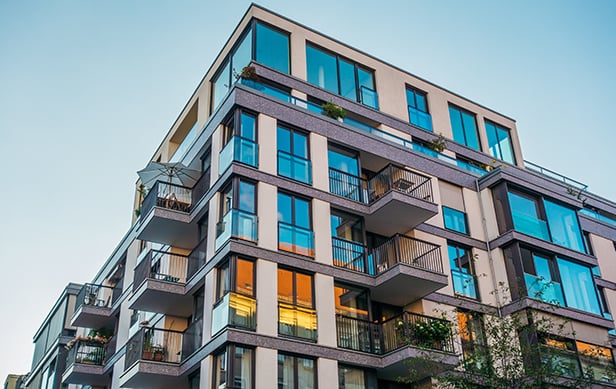Stephen Nostrand, executive vice president, Colliers Abood Wood-Fay says that, on the positive side, vacancies among industrial product haven't climbed as dramatically as many had predicted. "We thought we'd see a 100% rise in vacancies," he tells GlobeSt.com. It never happened; industrial vacancies in Dade County moved from 9% to 10% in Dade County, from 8% to 10% in Broward County and from about 11.5% to 12% in Palm Beach County. "The absorption will follow," Nostrand comments. "You have to stabilize first though, and that's kind of what's happening now."
The figures also indicate, however, that absorption may already be taking its cue. A quick glance at the industrial sector in the Miami-Dade County area shows a stabilized absorption. Certainly 1.3 million square feet was given back, the same as last quarter. The good news is that it wasn't any worse. Broward County's absorption, in the meantime, improved from a negative one million square feet to approximately negative 750,000 square feet. Palm Beach, too, showed a negative 400,000 square feet absorption, but a vast improvement over the close to 800,000 square feet of negative absorption experienced during Q2 2009.
Though much of this could seem to be grasping at straws – vacancies are still high and rents are coming down and no one is under any illusions that things will improve much until late 2010, at the very earliest. But Nostrand points out that Florida's industrial sector benefits from activity in Europe and Latin America, with Latin America being the bright spot.
"Latin America is a promising market for us," Nostrand explains. "Very few of those countries got into trouble with toxic assets." As a result, he says, Latin America could very well help pull Florida from the wreckage, with earliest trends showing up in the industrial sector. But none of this will happen overnight, he says. Much of the improvement will be slow but "landlords have stopped bleeding in the industrial sector," Nostrand remarks.
In the meantime, his advice to landlords is to be patient and be creative, especially when a tenant requires a rent reduction. Sometimes, he says, that creativity could involve taking a portion of rent forgiveness and spreading it over a period of time, or adding two more years to the lease.
Meanwhile, tenants are benefitting from a market that's in their favor. Even those who need some rent relief are able to find some understanding landlords, though Nostrand says rent reductions aren't necessarily "gimmees."
"Landlords are requiring tenants to put together business plans, show financial statements and give proof that they are, indeed, feeling pain, where it is and how they're going to get themselves out of it," Nostrand says. "Also, landlords want a crystal ball by the tenant as to what the next few years will look like, and what the best, worst and most probable scenario will be." Even with all of this, "landlords are making deals," Nostrand says.
Want to continue reading?
Become a Free ALM Digital Reader.
Once you are an ALM Digital Member, you’ll receive:
- Breaking commercial real estate news and analysis, on-site and via our newsletters and custom alerts
- Educational webcasts, white papers, and ebooks from industry thought leaders
- Critical coverage of the property casualty insurance and financial advisory markets on our other ALM sites, PropertyCasualty360 and ThinkAdvisor
Already have an account? Sign In Now
*May exclude premium content© 2024 ALM Global, LLC, All Rights Reserved. Request academic re-use from www.copyright.com. All other uses, submit a request to [email protected]. For more information visit Asset & Logo Licensing.








